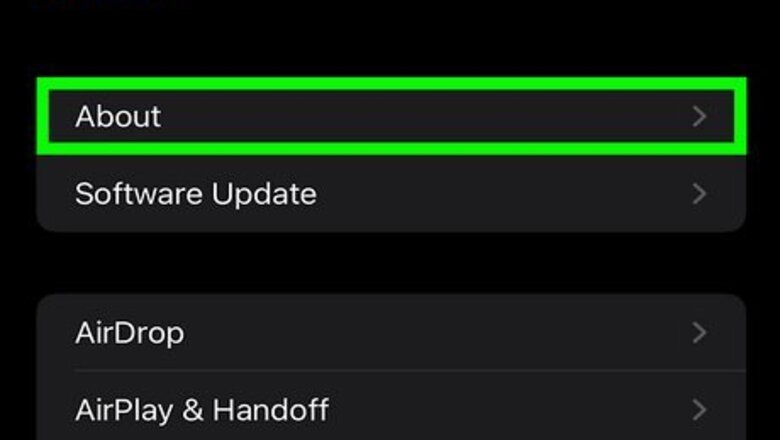
views
Bypassing the Lock Screen on iOS 9.2.1
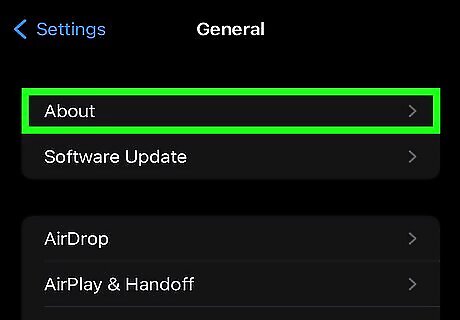
Make sure your phone is running the proper iOS version. This bypass won't work on iPhones running iOS 9.3 and up; downgrading your iOS version is possible if you're willing to jailbreak your iPhone, but be aware that doing so will void your warranty with Apple.
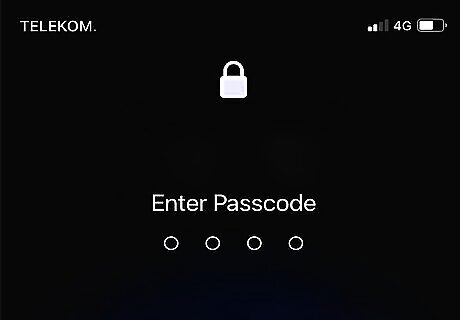
Ensure that your iPhone is actually locked. This method doesn't disable your passcode, so you'll still need to perform an iPhone restore to remove the passcode permanently.
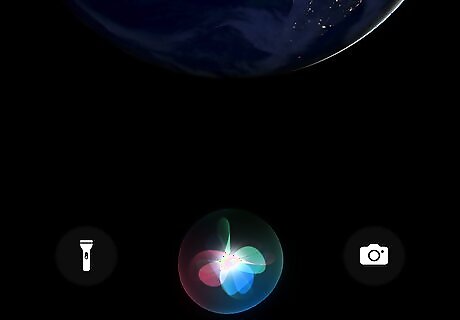
Hold down the home button for two seconds. This will activate Siri.
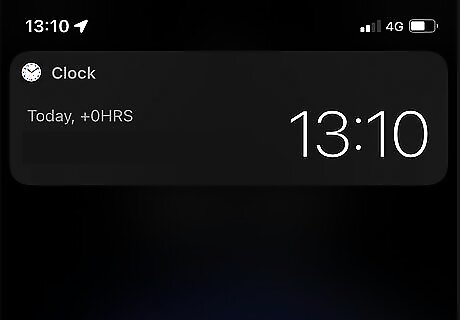
Ask Siri to tell you what time it is. This should bring up a clock icon with your local time. Siri responds to "What time is it?" better than other inquisitions (e.g., "Would you tell me the time?", etc.).
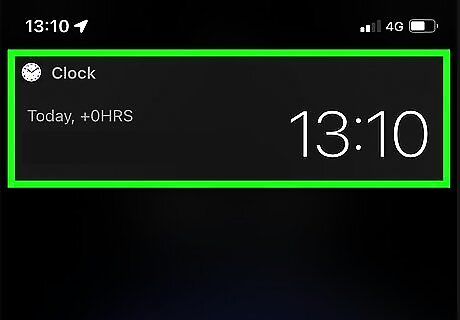
Tap the clock icon. This will take you to your World Clock menu.
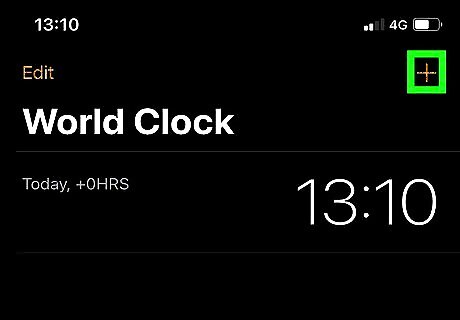
Tap the "+" sign. This is in the upper right-hand corner of your screen.
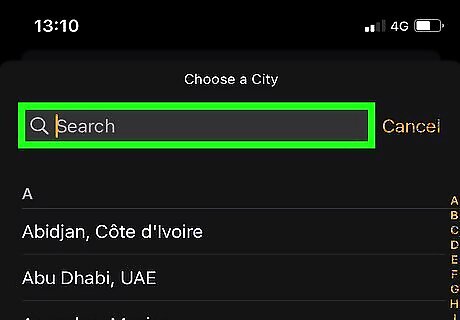
Type a few characters into the search bar. The search bar is at the top of your screen. These characters don't need to mean anything--you just need to be able to select them for copying.
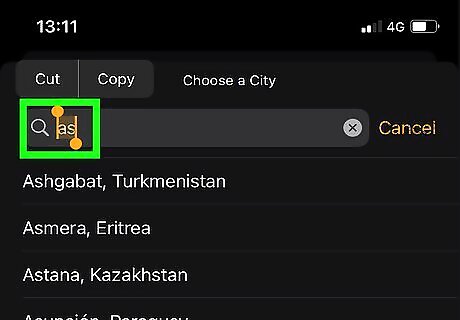
Tap and hold the search bar, then release your finger. This should highlight the text.
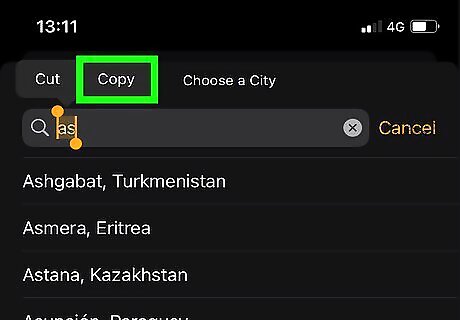
Tap the text again, then tap "Copy". This will copy the selected text, making it available for pasting later.
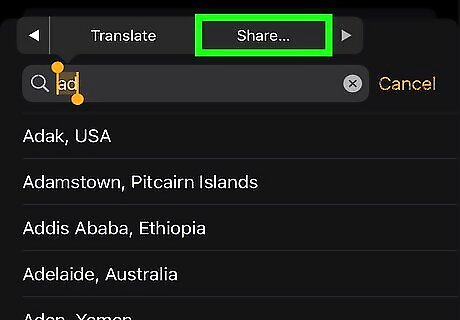
Tap the arrow to the right of "Copy", then tap "Share". This will open a menu with various share options.
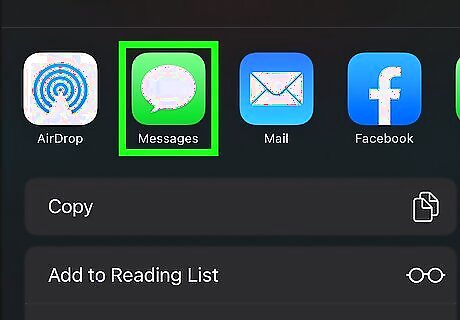
Tap the "Message" option. This will open a new message window.
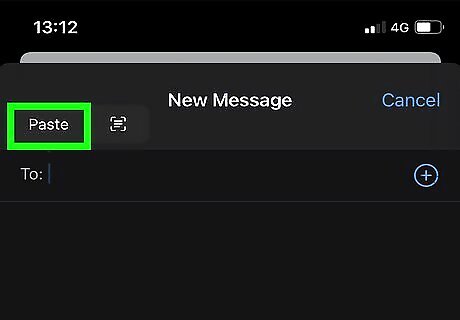
Tap and hold the "To" field, then tap "Paste". The "To" field is at the top of your screen.
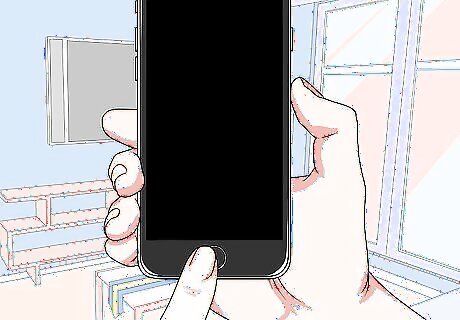
Wait for two to three seconds, then press the home button. This will minimize the iMessage window, taking you directly to your home screen. You have successfully bypassed the lock screen on iOS 9.2.1!
Erasing and Restoring with iTunes
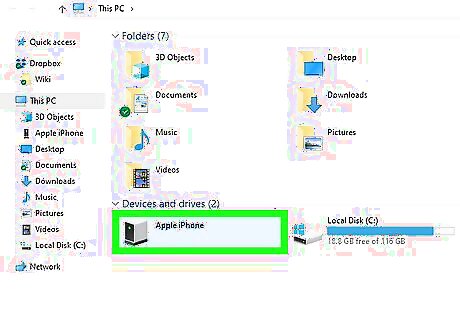
Attach your iPhone cable to your phone and computer. The USB end of the cable--e.g., the larger end--should fit into your computer, while the small end fits into the charging port on your iPhone. Although you can use any USB-to-iPhone charger, use the one that came with your iPhone for best results.
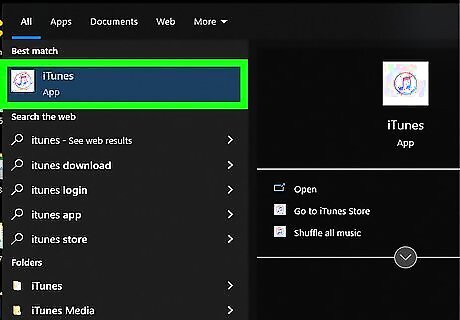
Open iTunes on your computer if it doesn't open automatically. Depending on your model of computer, you may have to confirm that you want to open iTunes automatically after attaching your phone.

Wait for your iPhone to sync to iTunes. The bar at the top of your iTunes window should say "Syncing [Your Name]'s iPhone (Step [X] of [Y])". After your iPhone finishes syncing to iTunes, you can begin the restoration process.
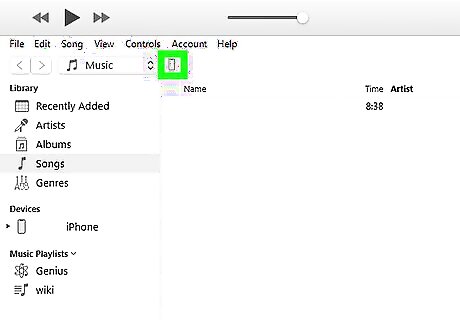
Click the "Device" icon to open your iPhone's summary tab. This icon resembles an iPhone and is located beneath the "Account" tab.
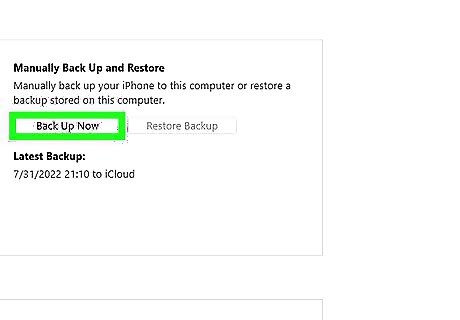
Click "Back Up Now" under the "Backups" section. While optional, doing this will ensure that your data is as up to date as possible when you restore from a backup point. If you have automatic backups enabled, you don't need to back up again--your phone will have done so when you plugged it into your computer. Check the date of the latest backup under the "Backups" section to confirm that your phone's data backed up. When backing up your phone, you can choose either iCloud, which backs up your phone to your iCloud account, or "This computer", which saves your phone's data on your current computer.
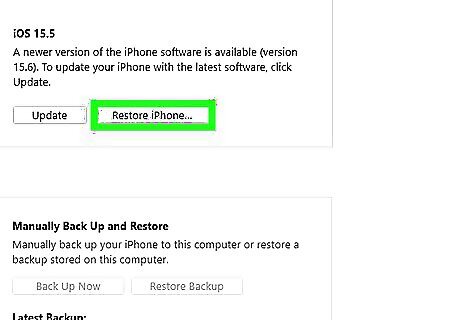
Click "Restore iPhone". This is in the iPhone-specific box at the top of the iTunes page. If you have "Find My iPhone" enabled, iTunes will prompt you to disable it before restoring. Do this by tapping the Settings app to open Settings, scrolling down and tapping "iCloud", scrolling down and tapping "Find My iPhone", and sliding the switch next to "Find My iPhone" to the right to disable the Find My iPhone feature. You may need to enter your iCloud password to complete this process.
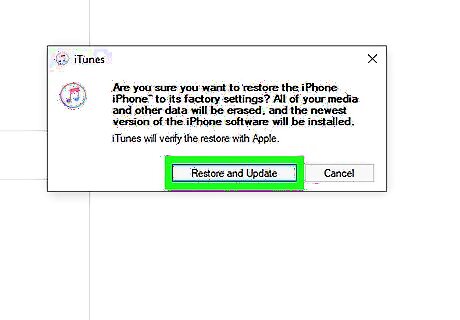
Click "Restore and Update" to confirm your decision. Be sure to read the information on the pop-up before continuing so you know what to expect when you restore your iPhone.
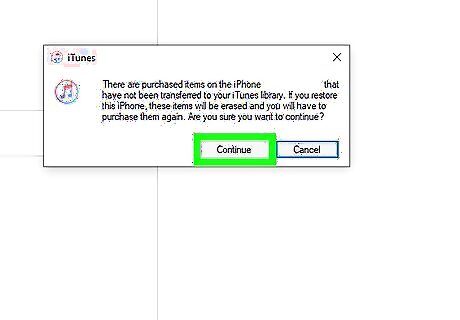
Click "Next", then click "Agree" to initiate the restore process. This means that you accept the terms and conditions of use for Apple's software.
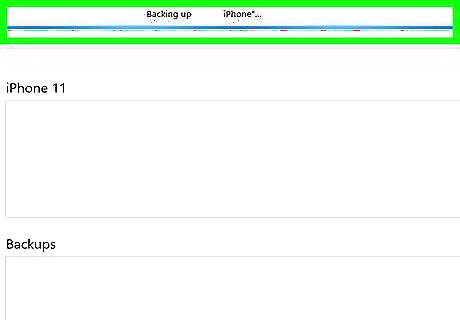
Wait for your restore to finish. This can take several minutes, since iTunes is erasing and reinstalling iOS on your phone.
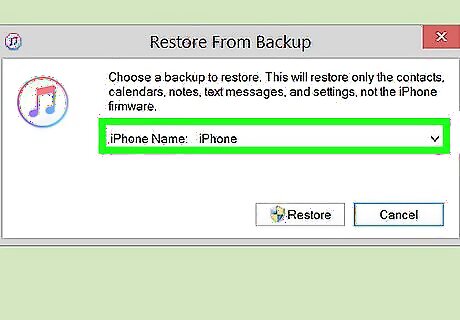
Select your restore point from the "Restore from this backup" option. Click the bar with your iPhone's name in it to do so. The date and location of your selected backup will display below the bar; pick the most recent one for the best results. Click the circle next to "Restore from this backup" to enable it if it isn't your default option.
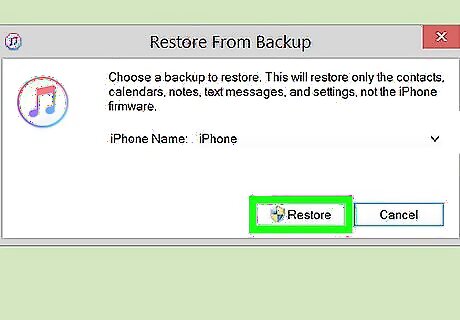
Click "Continue" to initiate the restoration. Your iTunes will begin restoring your phone; you should see a "Time remaining" value on the bottom of the restoration pop-up window. The overall phone restoration time can take quite awhile--generally around 20 to 30 minutes--depending on how much data you have to restore.
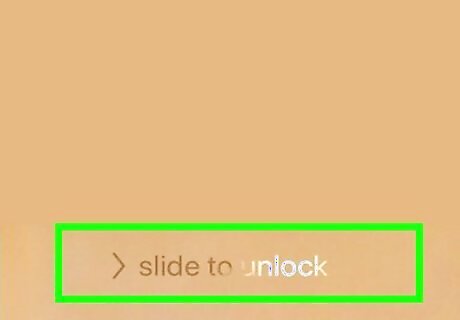
Swipe the "Slide to unlock" text on your phone's screen. This will unlock your phone; note that you will not need to enter a passcode! You can place a new passcode on your phone at any time from the "Passcode" tab in the Settings app.
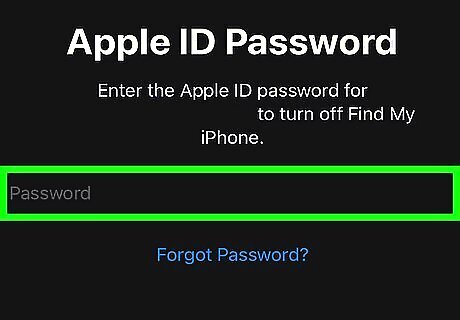
Enter your Apple ID password when prompted. This will restore your phone and its data. Please note that you will need to wait an additional amount of time to let your phone's apps update and resume their pre-erase status.
















Comments
0 comment